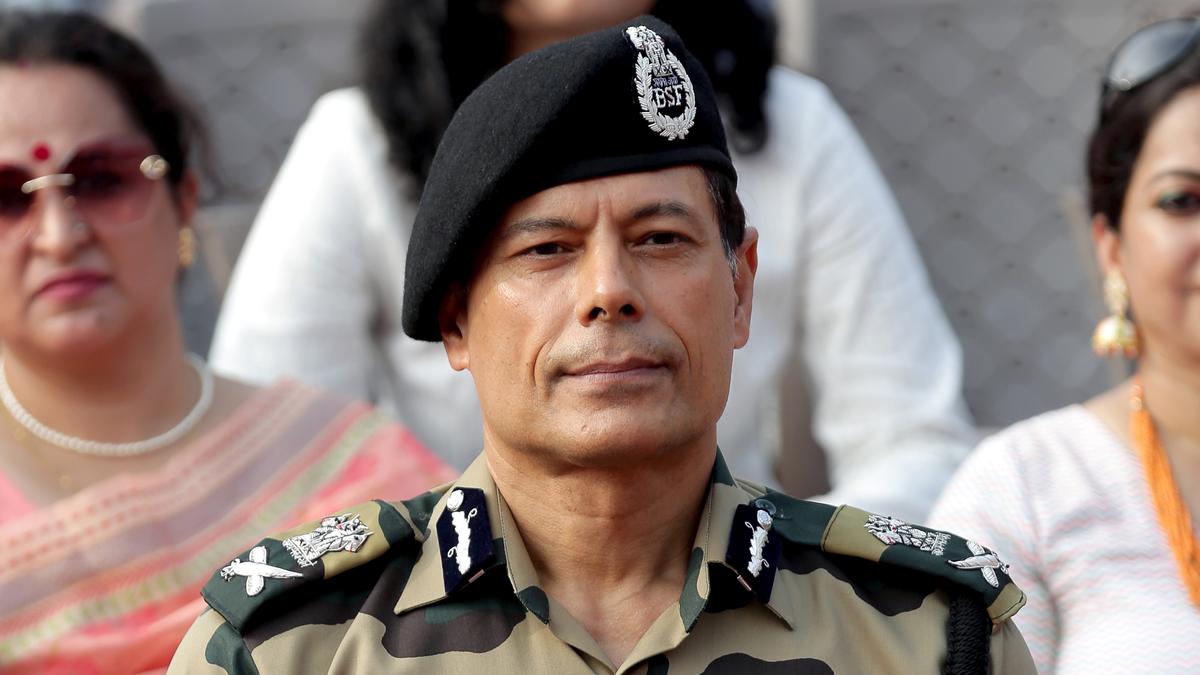
BSF employs technological solutions to secure unfenced India-Bangladesh border
The Hindu
BSF deploys technology to secure India-Bangladesh border, using cameras, drones, and obstacles to prevent infiltration and smuggling.
The Border Security Force (BSF), which guards the border between India and Bangladesh, has deployed a host of technological solutions to prevent infiltration and smuggling in patches of the border that is unfenced.
Director General of BSF Daljit Singh Chawdhary on Tuesday (December 24, 2024) said that if certain areas are unfenced along the border it does not necessarily mean that infiltration or other cross-border activities are going on along those stretches.
“There are some reasons why fencing is not there in certain places, such as around riverine areas. Wherever, there are such gaps we have used technological solutions. We have put obstacles, flood hit those areas, and regular patrolling is going on to ensure there is no infiltration,” the BSF DG said.
Technological solutions means the deployment of cameras, drones, and other equipment to monitor movement along the border.
Mr. Chawdhary said that the Border Guard Bangladesh (BGB) guards the border on the Bangladesh side and the BSF and BGB have good coordination.
India shares a large 4,096 km border with Bangladesh, of which a 2,216 km long stretch runs alongside West Bengal. The delay in fencing along the West Bengal border is often attributed to the State government’s delay in allocating land for border fencing. More than 80% of the West Bengal border in Bangladesh has been fenced.
Recently, the BSF deployed at least three of its battalions in the State’s Murshidabad district along the zero line. Since there is a high density of population along the Bangladesh border the border is considered porous.

The Karnataka government has drafted a comprehensive master plan for the integrated development of Kukke Subrahmanya temple, the State’s highest revenue-generating temple managed by the Hindu Religious Institutions and Charitable Endowments Department. The redevelopment initiative is estimated to cost around ₹254 crore and aims to enhance infrastructure and facilities for devotees.












